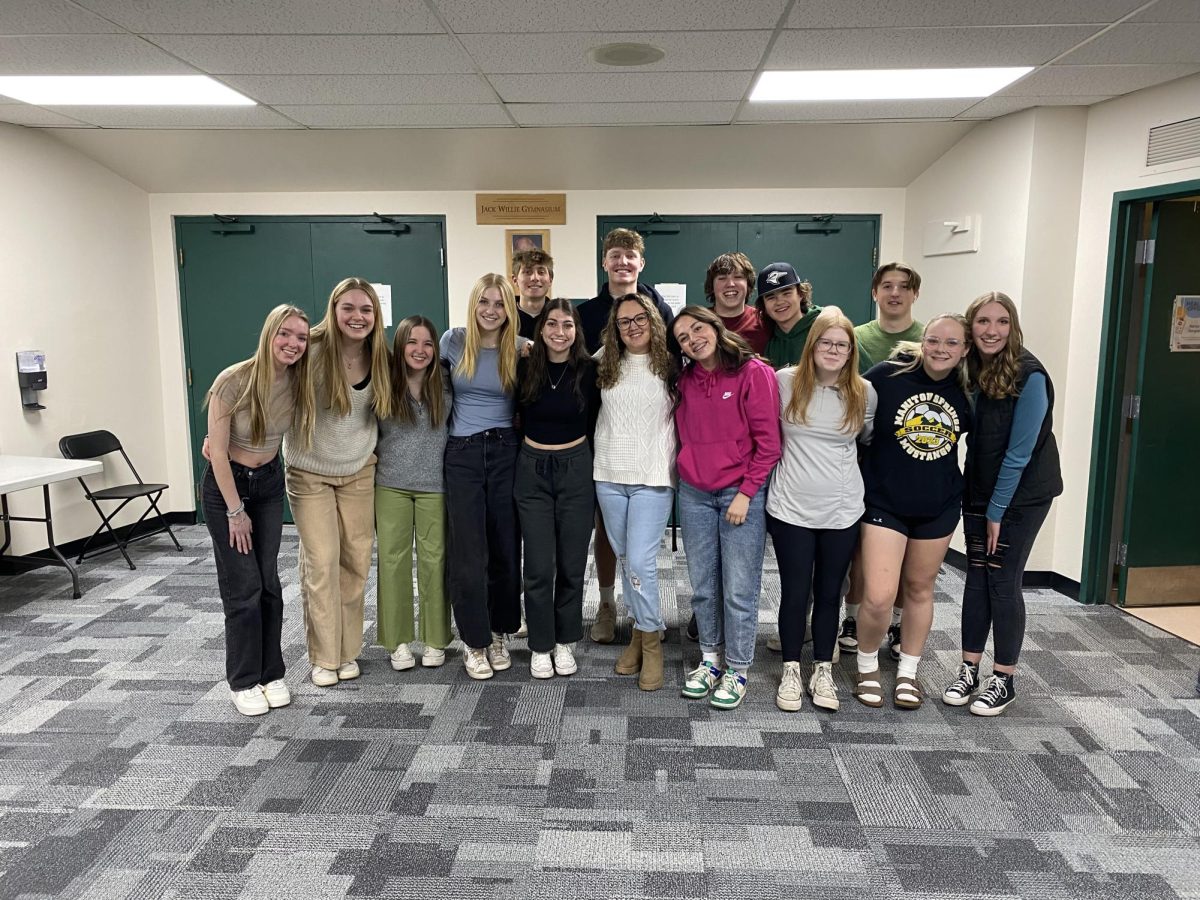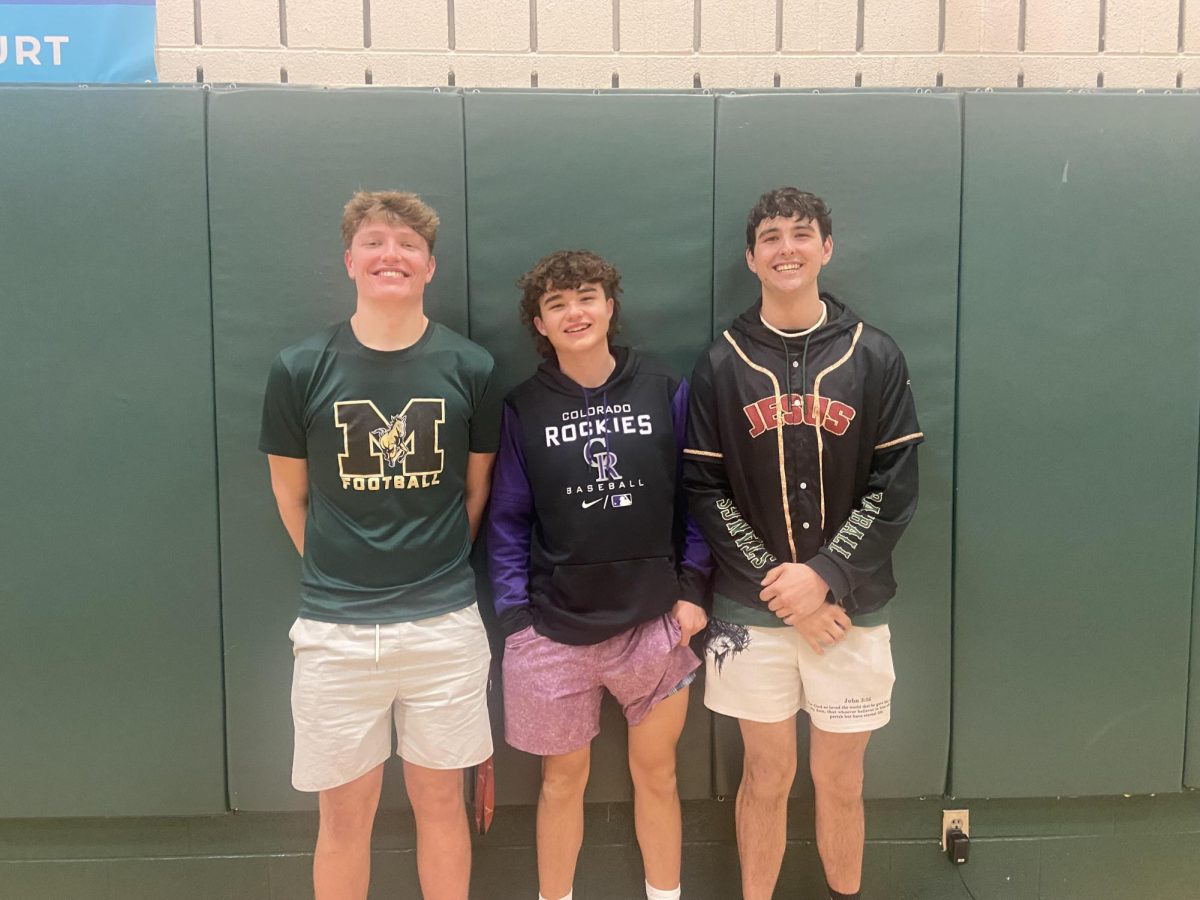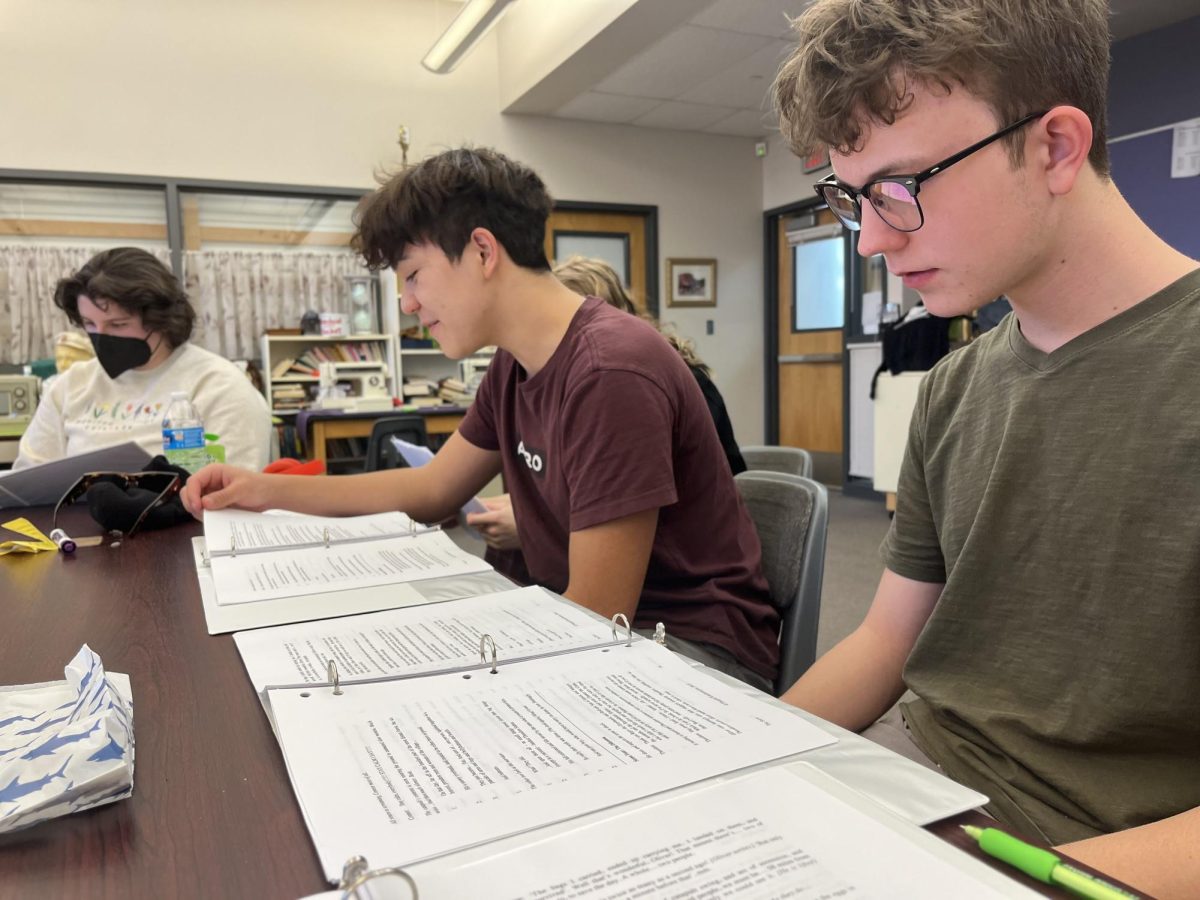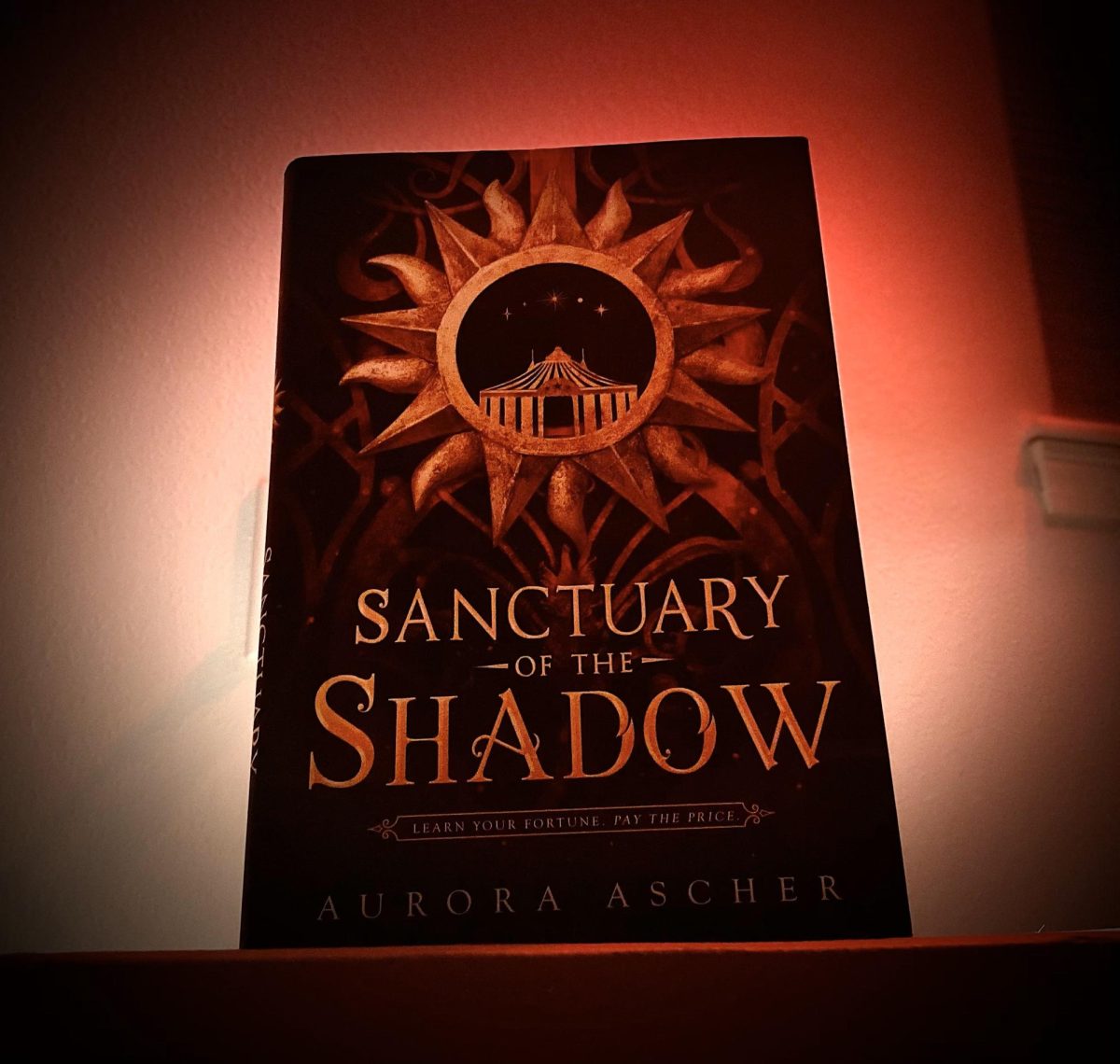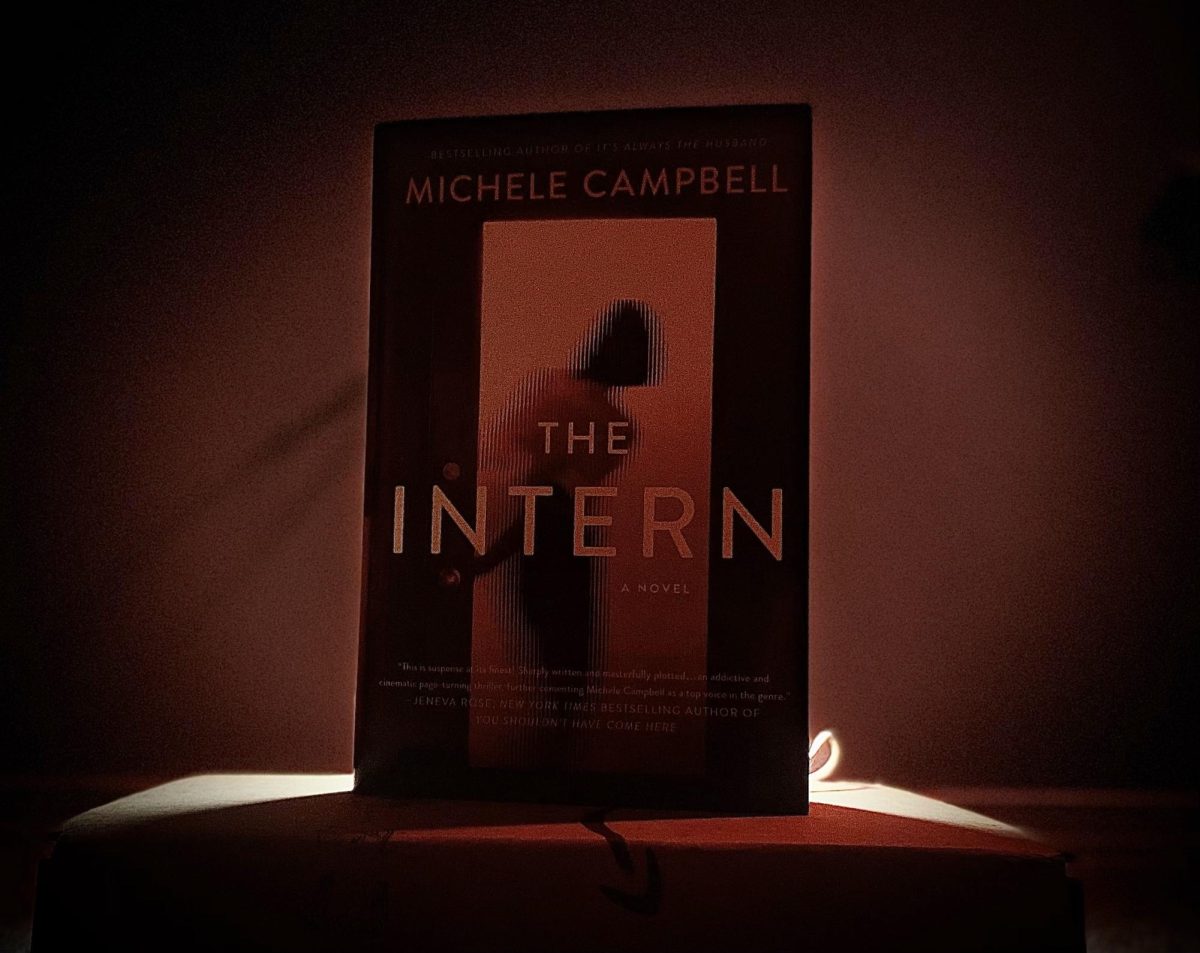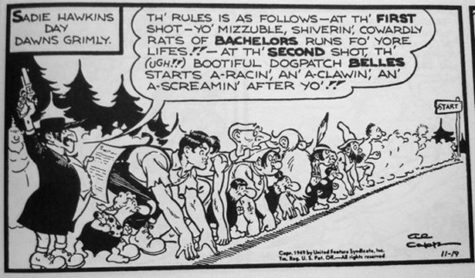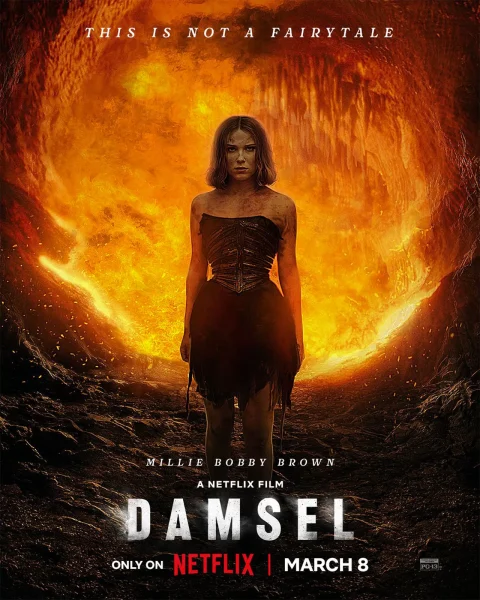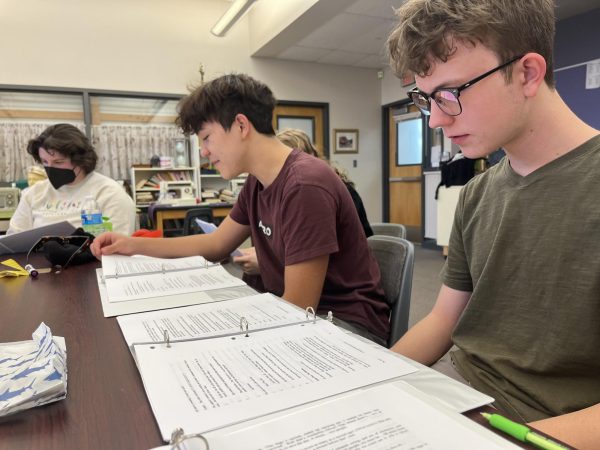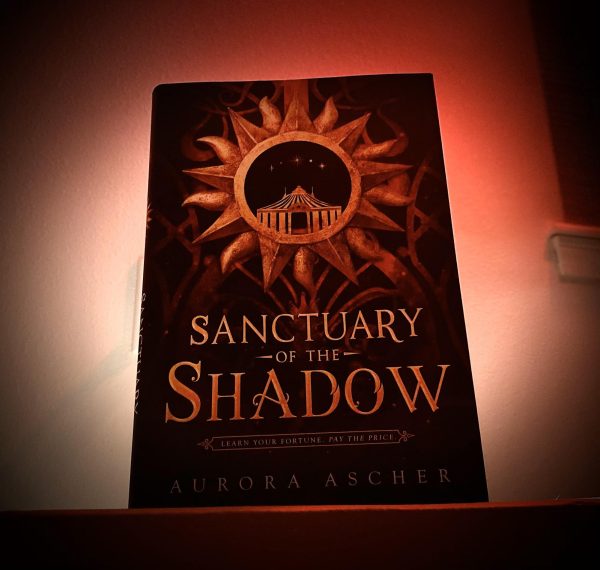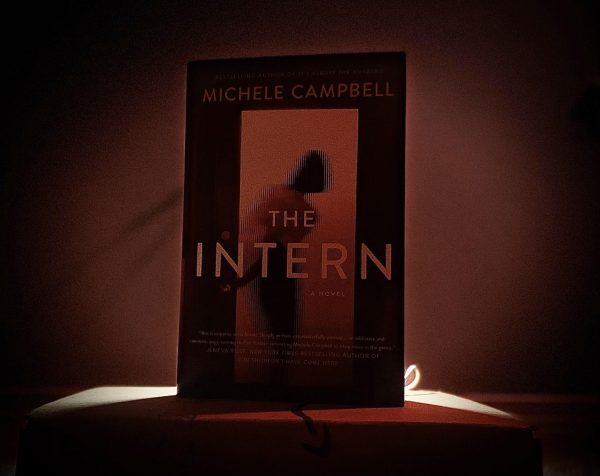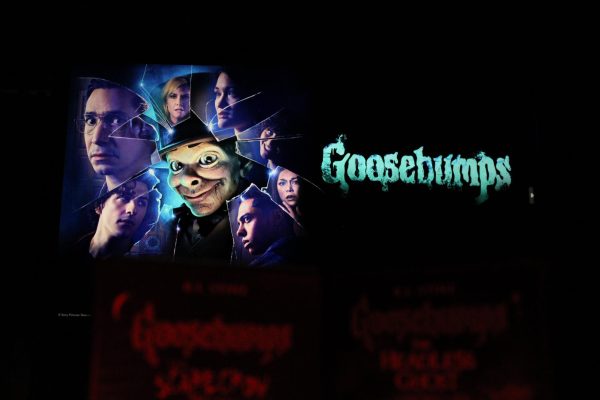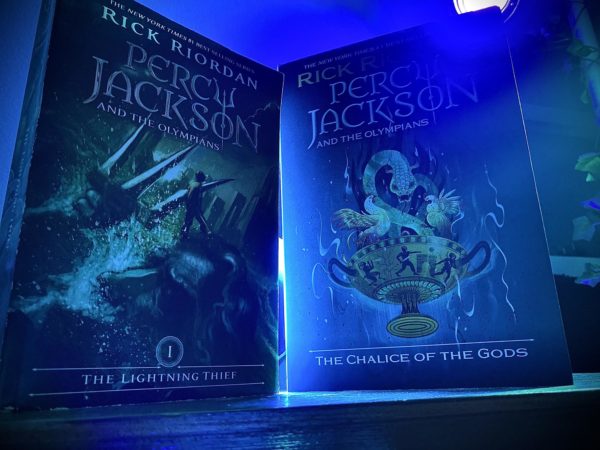Ingested- The Architect of Extinction Album Review
February 11, 2015
Scroll to the bottom of the article to stream the full album via YouTube
For a lot of people, Ingested represents a tragedy. With their first album hailed even today as an excellent work of pure brutal death metal, it shouldn’t have come as a surprise that the band’s subsequent shift in style, though small, caused many to write them off. Regardless of whether or not it is accurate to refer to Ingested as deathcore and the listener’s individual opinion on the change, gang vocals, melodicism and all, their layer output largely lacks quite the same degree of straightforward, crushing heaviness that made Surpassing the Boundaries of Human Suffering (2009) so great.

Fans hoping for The Architect of Extinction to be a full return to form for Ingested will be disappointed; this is by no means the same slam-infatuated troupe which recorded “Cremated Existence” and “Copremesis”. However, calling the album a continuation of the path set by The Surreption (2011) would be similarly inaccurate. The Architect of Extinction effectively utilizes every enjoyable aspect of the Ingested sound as it has evolved since the North-West Slam Fest (2007) demo. Tracks like “I, Despoiler” build a case for this album being Ingested’s magnum opus. The track acts as a veritable tour de force, effectively showcasing the best parts of the group’s catchy, melodic tremolo picking, one of the group’s tantalizingly rare and tasteful guitar solos, Lyn Jeffs’s punishing drumming, Jordan Evans’s trademark growl, supportive and tight bass playing by Brad Fuller, and, of course, memorable and utterly devastating drop-tuned riffing by guitarists Sam Yates and Sean Hynes.
Although most tracks are a blend of various Ingested hallmarks, they’re well written and varied enough to give each song its own individual feel, and to make the album a largely cohesive work.
The major exception to this is the instrumental track “Penance”. While it’s not particularly poorly composed or even unenjoyable on its own, the song doesn’t sound like it belongs on the album at all. It doesn’t even sound like an Ingested song, to be blunt. It’s possibly the strongest case for categorizing the band as it currently exists as deathcore, being largely based on simple melodic and chordal structures. The guitarists’ rhythm work is limited to playing mostly long chords and swift, staccato chugs to support the leads and acoustic guitars. It sounds very much like any number of modern instrumental metal bands, rather than a proper brutal death band.
The remainder of the songs on The Architect of Extinction, as stated before, effectively form a unified whole without losing individuality. There are anthemic bruisers such as “The Divine Right of Kings”, “Rotted Eden”, and “Extinction Event”, the closest thing the album has to a title track. There are also pounding juggernauts like ” A Nightmare Incarnate” and the fast-paced “Endless Despondency”. Each song is varied within itself, and many feature guest vocalists, most notably “The Heirs to Mankind’s Atrocities”, which boasts a total of four in addition to Evans, all of whom deliver a solid and highly individualistic performance.
The album’s lyrics continue in the same vein as The Surreption (and to a larger degree 2013’s Revered by No-One, Feared by All EP), focusing more on revenge, apocalypse, and world domination than the band’s early work, which largely fell in the ever popular category of gore-themed death metal. While not quite as ubiquitous in death metal as the classic themes of gore and space, Ingested’s choice of topic this time isn’t exactly a revelation. What it is, however, is well executed and enjoyable, particularly in comparison to the 2013 EP, wherein multiple songs including “Endgame” fell victim to Jason’s tendency of breaking into rap-like strings of contrived rhymes, which, while admittedly catchy, straddled the gap between being cringeworthy and dumb fun.
The production quality on this album is the best of any of Ingested’s releases, and nobody reaps the benefits of this more than the group’s rhythm section. The bass and drums appear crystal clear in the mix and add greatly to The Architect of Extinction’s heaviness. Lyn Jeffs’s legendary double kick work and pummeling blast beats are not only perfectly audible, but fit in with the other instruments more naturally than ever before. Likewise, Brad Fuller’s basslines not only cut through the guitars, but stand alongside them to deliver a balanced and aggressive onslaught of riffage. Their work, though not particularly varied (as is typical, considering the genre), is rock-solid.
Despite the production being greatly improved from previous efforts, it’s by no means perfect. The drums still sound over-compressed and slightly papery, for one thing, but by far the most offensive aspect of the album’s mix is the constant use of bass drops. Another example of the questionable influence of modern metal trends on the Ingested sound, these appear several times throughout the album’s ten tracks, often at points when the song shifts to a particularly meaty riff. The intention is presumably to highlight the beginnings of new song sections and increase the impact of the riffs, but the bass drops mostly serve as a noise pollutant and distraction. Brutal death metal as a genre, with its heavily detuned and distorted guitars, heavy reliance on the bass drum, and tendency to be mastered with additional distortion and heavy compression due to brick wall limiting, by and large has little extra room in the extreme low end of the mix. The bass drops here do nothing but create momentary explosions of distortion and muddiness due to taking up massive amounts of precious headroom in frequencies which are already occupied.
Although Ingested will probably never release Surpassing the Boundaries of Human Suffering part 2, and so many fans and former fans no doubt hope, this in no way diminishes the quality of their newer work. In many ways, The Architect of Extinction is the highest-quality album the band has produced to date, if not in terms of absolute, over-the-top brutality, in terms of forming a cohesive, yet varied and altogether unique whole that is thoroughly enjoyable on its own merit.
Join us next week as we explore the newest release by grindcore legends Napalm Death, Apex Predator: Easy Meat.


